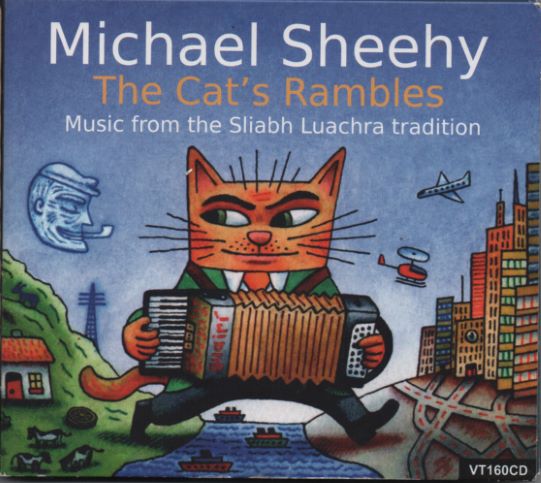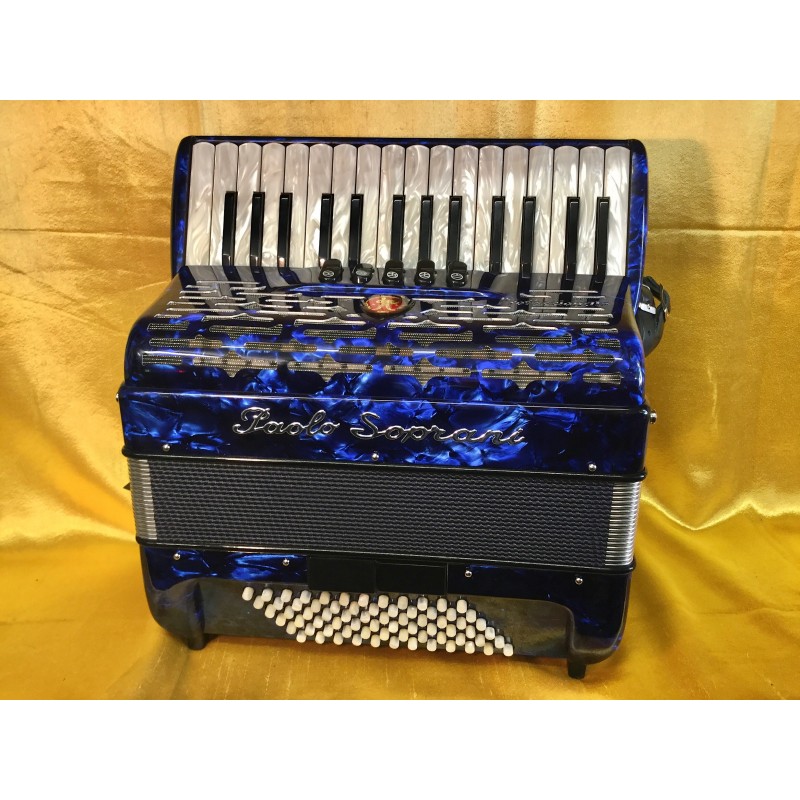As one who plays both systems but has come to focus on PA and CBA over the so-called "diatonics," I can't agree that bisonoric melodeons are unbeatable for traditional folk music. Well, other than weight, dimensions, and portability, of course. Bisonoric melodeons are great if that's what floats your boat, and they certainly are more "PC" in some of those gentre subcultures--though that is rapidly changing. But for my money a unisonoric, especially a small one, like a small two-voice, can give all the lift and lilt and swing you could want--provided the player knows and respects the specific idiom, and uses their unisonoric "superpowers" for good rather than for evil.
OP, you might check out the public FB group, "Traditional Irish Piano Accordion." They more or less exist for folks to post clips of playing, and you can just keep scrolling and perusing. There's a wide variety of accordions and tremolo tunings on view to give an idea of the different sounds available.
Below are a few charming sound samples with the type of tuning I think the OP is getting at. This would probably be a "swing" of about 4 cents of tremolo--sounds dry but technically it's not bone-dry--about 4 cents of tremolo just to make it rounder and fuller. The bisonoric Irish melodeon player Jackie Daly's tuning is also around a 4-cent "swing." This tuning is very "in" right now with Irish players on any type of box, and is sometimes called "Irish dry swing."
Hearing the delightful playing of Michael Sheehy, a wonderful exponent of the Irish Sliabh Luachra style (polkas and slides a la Jackie Daly), you'd never know it was a PA if you weren't clued in. I believe he plays a small vintage re-badge Weltmeister type PA.
Michael Sheehy: The Cat’s Rambles Music from the Sliabh Luachra tradition Michael Sheehy plays music from the Cork, Kerry, Limerick border, an area known as Sliabh Luachra which means R…
www.copperplatemailorder.com




